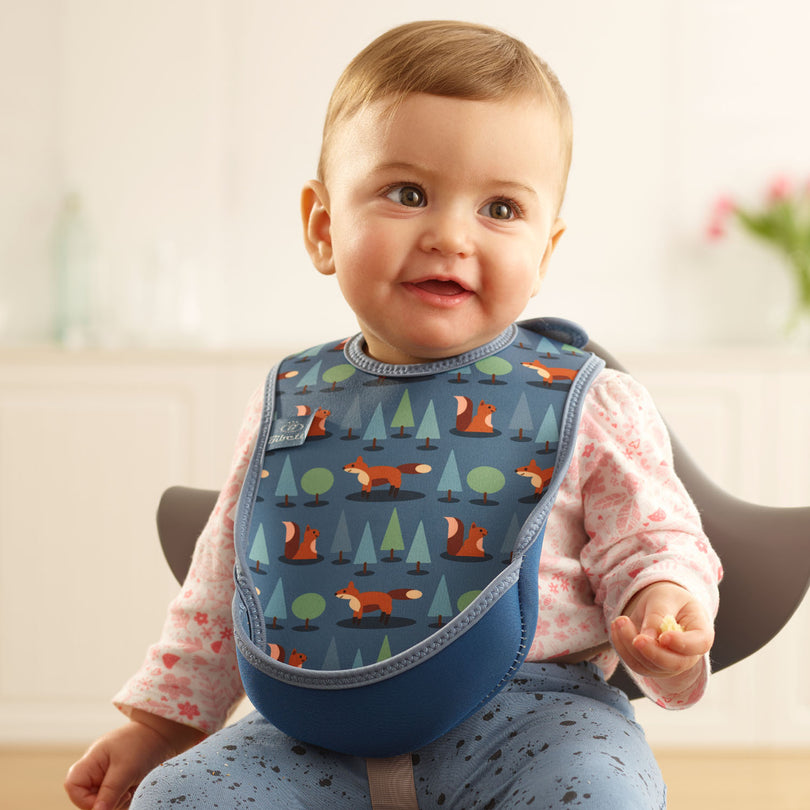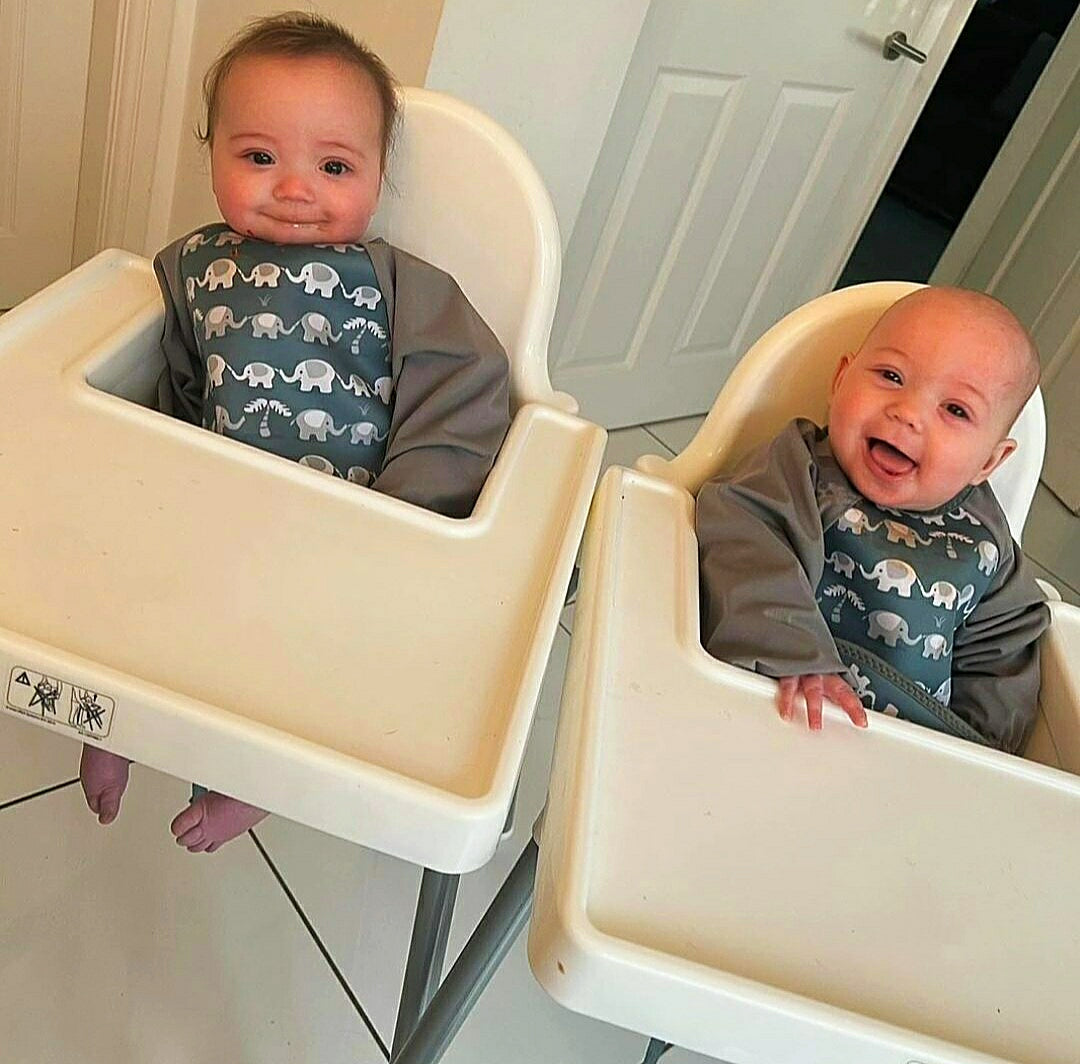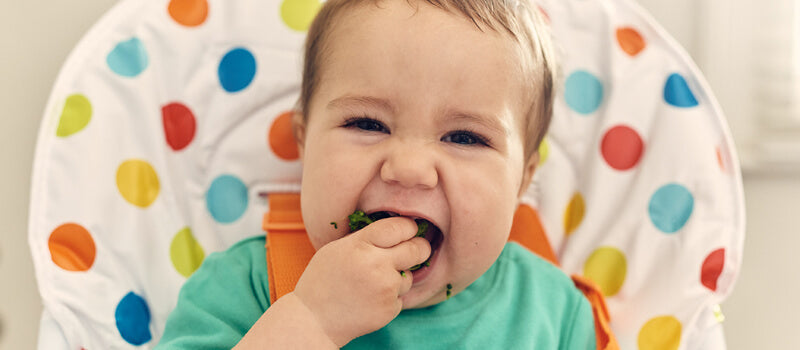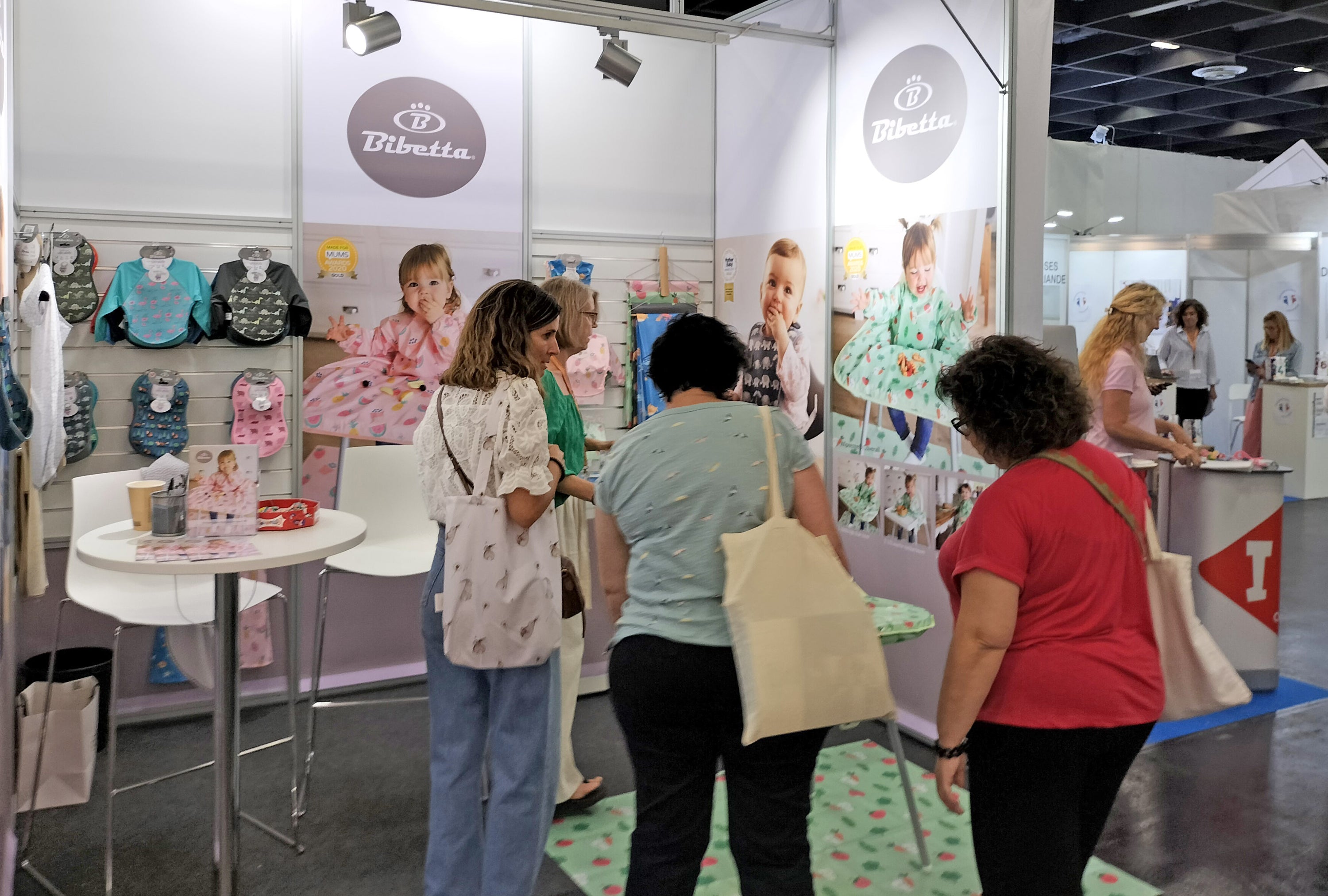Baby-Led Weaning (BLW) or Puree feeding – which way will you choose when introducing solid foods for the first time to your baby?
A personal account from registered Nutritionist, Theresa McCarthy, one of the founders of the company Happy Tums
When I started weaning Jack (my gorgeous first born!) over five and half years ago now, I did a combination of purees and finger foods which we tend to refer to as “combination feeding”. This meant that Jack was predominantly fed on purees at each meal but was also offered finger foods alongside his puree. It is really important to ensure that, if you go down the puree route, your baby has some finger foods too. This is so that they begin to learn the skills needed to pick up food and bring it to their own mouth (hand to mouth co-ordination), that they learn how to put food into their mouth, move food from the front of their mouth to the back of the mouth and they learn how to swallow. They need to practice actually manipulating food around their mouths and breaking it down before swallowing. For those babies who don’t have teeth, please don’t worry as our babies have tough, strong gums which can easily break down food (anyone breastfeeding will know how hard tiny gums can be!) And, did you know that we all have digestive enzymes in our mouth which also help to break down food, so even sucking on a piece of bread for example will start the digestion process.
If I am honest, I didn’t really think too much about Baby-led Weaning (BLW) when I started weaning Jack. In hindsight, I copied my friends and sister-in-law who were all using purees. My mum told me to do it as my this is how she weaned my brother and myself, and someone bought me the Annabel Karmel book which is predominantly puree based recipes and so, this is the route I took.
After I started weaning Jack, I spent more time looking into BLW in more detail. Before starting, I read a lot of books and all the research on this type of weaning (I have listed 2 research papers below which I urge you to read). Once Francesca arrived and it was time to introduce solid foods, this is the route I took with her.
I am now a HUGE fan to the extent that I berate myself daily on why I bothered with purees at all with Jack! But what it has enabled me to do is compare these two types of weaning practices and give you my own personal comparison stories between these two types of complimentary feeding and how going down the BLW route (for me) was the best decision I made.
- Francesca is definitely less fussy that Jack when it comes to mealtimes. She is very experimental with food, her favourite food is asparagus and she is keen to try new things. I believe this is because from six months, she understood what individual foods actually tasted like and also what they felt like in her mouth.
- At six months, Francesca learnt to regulate her own appetite which is a great skill to learn and to take with us into adulthood. She was presented with a range of foods on her highchair tray and she would eat what she wanted until her tummy told her it was full. I could see when she was full as she would put the food onto the floor, feed our dog or wipe food onto the walls! With Jack, it took a lot longer for me to see the signs that he had had enough food as it was quite easy for him to open his mouth and accept another spoonful, however after a while I noticed when he was full, he would either clamp down on the spoon or turn his head away – or just become a bit fidgety and whingy which signified that he had finished and it was time to get him cleaned up.
- When I went out with Francesca to a café or restaurant, I never worried about bringing food out with me as I knew I could generally buy her something to eat. This may have been a sandwich, panini, eggs, cheese on toast, a jacket potato or roast chicken with all the trimmings (apart from gravy due to the salt content). I remember before I went out with Jack, I had to defrost some puree from the freezer, pack it into a container and then into a cool-bag, ask someone to heat it up for me and then wait until it has come down to room temperature before feeding it to him and became quite a laborious task!
- I did get to a stage when I couldn’t let Francesca use her hands anymore to eat things like yogurt and porridge (I think I did it once!) and so I loaded runnier foods onto a spoon and gave her the spoon to suck the food off. She would hold the food laden spoon, suck the yogurt or porridge off herself and then I would repeat. She actually learnt to feed herself with a spoon and a bowl of food much quicker than Jack did as she had already learnt this skill from six months of age.
- One of the concerns people have about BLW is that they believe that a baby is more likely to choke, however this is not the case and if you want to look at the research around this, this is great article: Choking and weaning
- It is important to remember that all babies will gag, whether you are using purees or not, and the gag reflex is a great thing! For more info on this reflex, check out our previous blog on this very subject:The Gag Reflex
- In fact, Francesca gagged far less than Jack who was puree fed and this was because she was in control of the food that she was placing into her mouth. As she was placing the food into her mouth, anything that was too big would tend to fall out. With Jack, as the spoon was going further into his mouth, this caused him to gag more as the spoon would tend to hit the gag reflex as I was feeding him.
- Having two children meant I could put Jack in his highchair (at two years of age) and Francesca in hers (at six months of age) and both children could feed themselves (Jack was feeding himself by then!) This meant I could actually get on with doing something else such as washing up, preparing food, tidying up etc. Please note that I was always in the same room as them and never left them alone whilst they were eating.
- So, what about the negatives? Well, I honestly can’t think of any apart from the mess! And yes, there will be a lot of mess! I suggest covering your floor with a mess mat (we have some lovely sparkly ones for sale via our website https://www.happytums.co.uk/happy-tums-shops), cover your baby with the amazing Bibetta bibs and get a dog!
Today, you can go online and read the opinions of many people about the “best way” to feed your baby and to be honest, this is NOT helpful and can cause unnecessary stress for new parents. Feeding your baby whether it is breast or formula, puree or BLW, the choice is yours as long as you have understood the evidence and facts around each method and you have been given the correct info from health professionals. I can only inform you of my experience as a registered Nutritionist (and mum!) and I hope you enjoy weaning your little one as much as I did. It is an adventure you will cherish forever!
Research Papers
Brown A, Lee M. A descriptive study investigating the use and nature of baby-led weaning in a UK sample of mothers. Maternal & child nutrition. 2011;7(1):34–47. This was the first empirical paper published to examine behaviours and factors associated with a baby-led style. It examines differences between those following a baby-led or traditional approach in terms of feeding style, timing and food choices
Brown A, Lee M. Maternal child-feeding style during the weaning period: association with infant weight and maternal eating style. Eat Behav. 2011;12(2):108–11.
Guest Blog by Happy Tums
